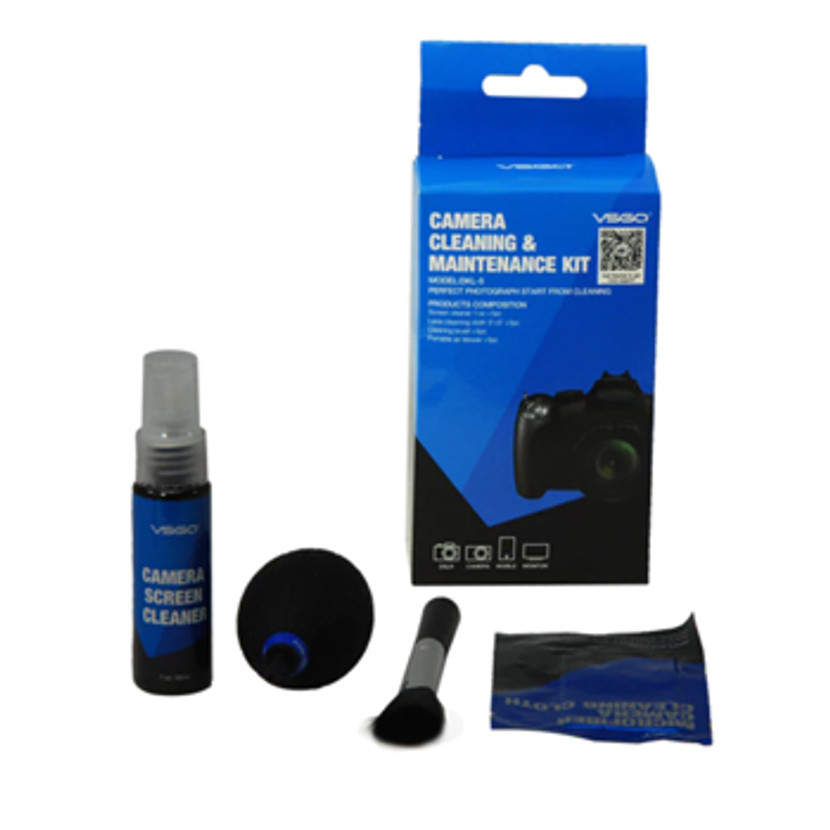Feb 15th 2019 | Posted by BoliOptics
Dentists Love These Microscopes!
The BoliOptics Stereo Microscope is the professional dental tool that has been changing the world of dentistry for the better. Dental work is a breeze with this microscope that reduces eye strain and reduces the chance of any mishaps. BoliOptics offers many stereo microscopes to choose from depending on your line of work in dentistry. See all of our
stereo microscopes here.
This gooseneck stereo microscope has an 8X magnification providing a large working space for teeth impressions
…
Jan 11th 2019 | Posted by BoliOptics
How to Get the Most Out of Your Microscope
Take your inspections to the next level! From taking care of your microscope to modifying it in ways you never thought of, we listed all the ways you can get the most out of your microscope.
Proper Cleaning
Let's start off with one of the most important ways to keep your microscope functioning correctly, CLEANING! If you are new to the microscope world or have been using microscopes your whole life, you know how intimidating or time consuming it can be. Not to worry, we put together instr
…
Jan 4th 2019 | Posted by BoliOptics
Where to Buy a Microscope?
We know buying a microscope can be tricky, especially if you don’t know where to start. We came up with a few tips and tricks to make it a breeze to purchase your perfect microscope.
For Beginners, Schools, and Homeschools:
First, is the classification of microscope. The two main types of microscopes are Compound Microscopes and Stereo Microscopes. What you are inspecting will determine if you need a compound or stereo microscope.Compound microscopes are also known as Biological Microscop
…
Nov 7th 2018 | Posted by BoliOptics
Every Type of Microscope Objective Explained
Standard Achromatic Objectives
An achromatic (or achromat) objective is designed to limit the effects of chromatic & spherical aberration, in other words the incoming light rays are focused in the focal point. Achromatic lenses corrects for color, by bringing in two wavelengths (typically red and blue) into focus. The lack of a flat field of view and limited correction for chromatic aberration reduce the objectives performance. It has a flat field across the central 65% of the image of the
…
Jan 20th 2018 | Posted by BoliOptics
How to Clean Your Microscope
1. Prevention
The best way to keep your microscope clean is prevention.
Keep your microscope covered whenever it is not in use to prevent dust build up.
We recommend using a microscope dust cover, which you can purchase from our store.
We offer a variety of microscope dust covers in different sizes and ESD safe ones:
Dust covers
•
Plastic cover (Small)
•
Plastic cover (Medium)
•
Fabric cover (Small)
•
Fabric cover (Medium)
•
…


